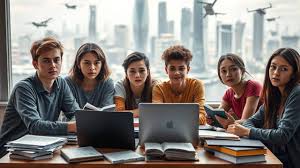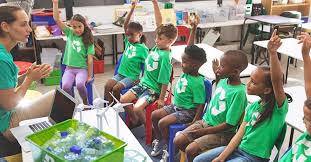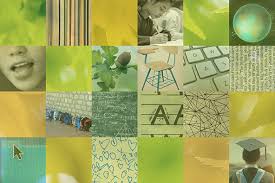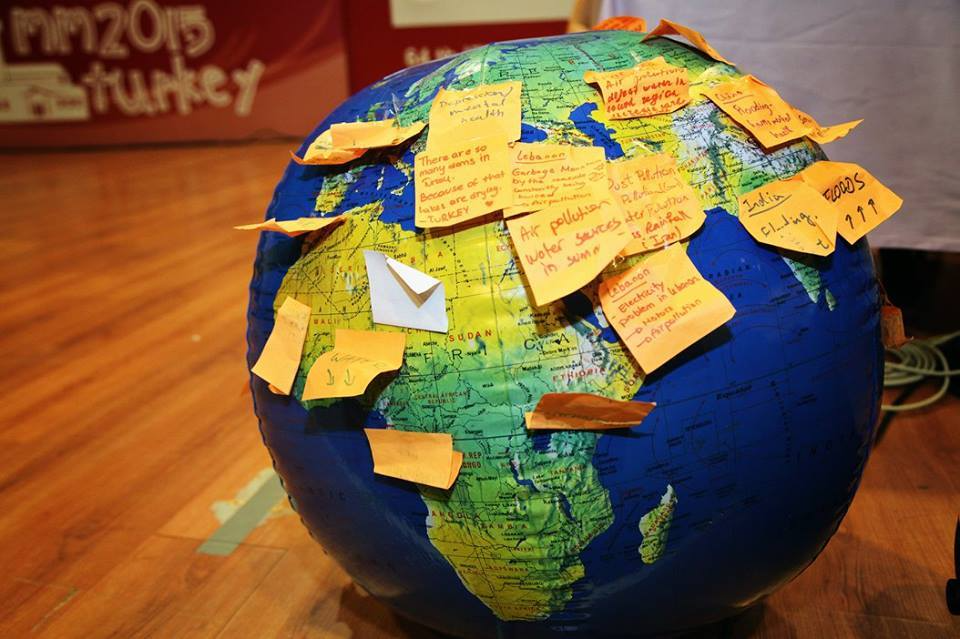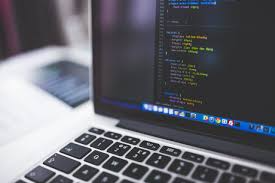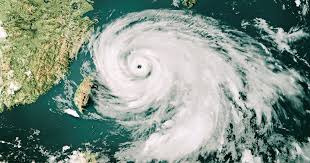
Globally, Literacy Rates Are on the Rise Due to Digital Access
In the past decade, the world's discussion of literacy has changed from merely how to teach an individual to read and write to considering how we provide access to learning itself. In classrooms in Lagos and Lima; in villages with no libraries but mobile networks; in refugee camps with solar charged equipment, a revolution is quietly underway driven by the internet, smartphones and digital tools. The result? Literacy levels are rising worldwide some even at previously unheard of rates thanks largely to deploying innovative digitization with fresh strategy and innovation.
A World Once Left Behind
Just two decades ago, UNESCO estimated nearly 1 in 5 people around the world lacked the basic ability to read or write. Today, that number is quickly declining. Global youth literacy is now 92% and even in the most under served parts of the world there are glimpses of tremendous progress.
Let us consider Sub Saharan Africa, for example. Long suffering from under resourced schools and imbalanced teacher to pupil ratios, nations such as Kenya are adapting to use mobile phones and low bandwidth applications to send lessons straight to the pupils. In Kenya, initiatives such as M Shule and Eneza Education are offering customized learning to rural children where, in certain instances, schools are a luxury.
A 2024 report from UNESCO found that reading competitions for children aged 10 14 in areas in East Africa reported as much as an 18% increase in literacy in a five year time span, which corresponded with increased access to mobile learning modalities.
Digital Tools Are Changing the Game
So what is driving the difference? It's not simply access to the internet, though this is a significant contributor. It is also due to the creative ways in which communities and teachers have been using technology, as opposed to a simple technology model.
There is a project in Bangladesh named Shikkhok.com, where students get free online lessons both in Bengali and English. The procedure is easy the teachers create multimedia products (videos, quizzes, reading materials) then distribute that product using WhatsApp, YouTube and SMS. The report said that the project reached more than 400,000 students in 2023.
Last but not least, in Brazil, where most city slums were ill planned without proper schools to house them, students are resorting to education YouTube channels so that they can get up to speed on their studies.
In India, the nationwide "Digital India" program has also made a difference. Rural learning hubs, with tablets and offline learning modules, are pushing literacy in far flung regions, where students can't rely on patchy internet connectivity.
Girls Benefiting Most
Perhaps the most heartening part of this digital ramp up has been girls' rights to education. In a number of areas, girls have cultural and structural barriers that discourage them from going to school. Since learning is now able to occur from home through a phone, a tablet, or from a digital community center, these barriers can start to fade.
In a new study that UNICEF and Plan International undertook in Afghanistan and Pakistan, girl students in home based digital literacy were three times as likely to continue secondary education as school going girls following a 'traditional' route.
The same is happening in Syria, and some of Jordan, where refugee girls with exposure to digital learning are making faster progress in reading and writing than their counterparts without such resources.
But Even as Open Doors Entail Black Holes
Of course, things are not all rosy. With digital access that can open doors comes to the deep chasm that many who were underserved endured.
Places where electricity is spotty or nonexistent, digital tools simply will not function. Where devices are not a problem but the net is pricey, students can typically access lessons when they can get connected.
Then there's the content. There are plenty of English language options, but are there enough localized, culturally relevant, and language specific content available? UNESCO has highlighted the creation of educational content in local languages for the sole purpose of making literacy inclusive.
In addition, we will need to educate digital literacy, such as app usage, dodging misinformation, and utilizing online tools properly, in conjunction with conventional literacy. Not educating digital literacy risks leaving us with a new imbalance in education. This is not a gap based upon a reading proficiency, but a fluency in being digital.
Global Collaboration Ahead
Because of this urgency and potential, there are a number of international organizations working together to expand this digital literacy link. UNESCO, the World Bank, Microsoft, and Google have just made public a partnership on the "Connected Classrooms for All" initiative to connect 100 million students and teachers in 60 low and middle income nations with digital learning platforms and training by 2030.
At the same time, the private sector is also taking the lead, investing in and marketing their own technologies, by huge subscription to educational material.
A New Definition of Literacy
Finally, as digital tools become ubiquitous, the definition of literacy is itself shifting. It is no longer just the capacity to decipher written words, but the capacity to comprehend, to communicate, and to participate in a digital world.
A literate individual today will read a book, but they will also be texting, emailing, watching video lessons, and perhaps even coding. With literacy growing wider in definition, we need to step up efforts to let everyone everywhere keep up. This is the future. Infrastructure still has to expand, and equal access must be a world aspiration but the proof of when the students are equipped with the technology to learn regardless of the geographical divide, the results shift for the good.
Conclusion
Increased literacy in the world is not merely another figure added on the roll call, but a story of millions of lives improved for the better and nobody even knows. Kids who used to do nothing because they had nothing are listening to donated tablets with stories, women who never went to school are learning to read with their daughters, through an organization that operates through a phone for mothers to get into the community based education program.
Technology has the potential to be the great leveler in learning, if implemented correctly and inclusively. The world is finally beginning.
Related Post
Popular News
Subscribe To Our Newsletter
No spam, notifications only about new products, updates.

